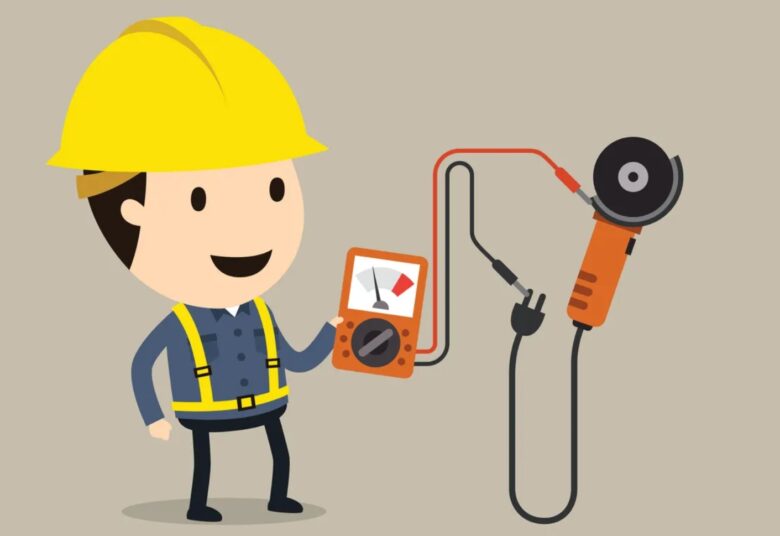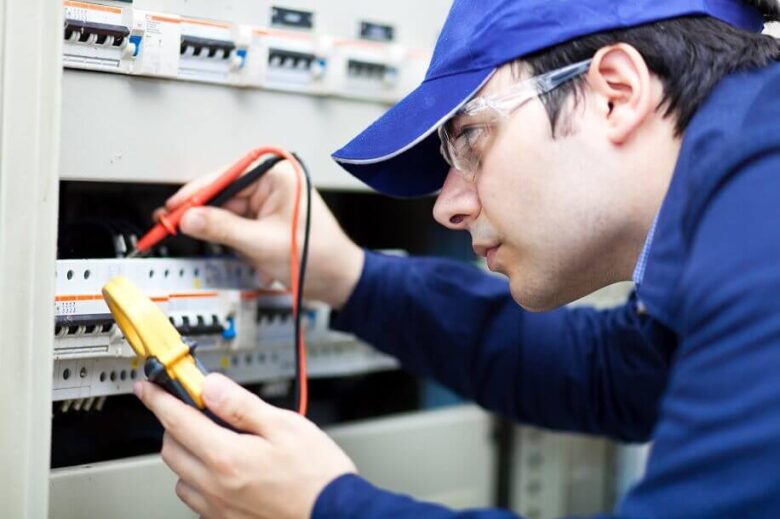Landlords have a legal responsibility to ensure the safety of their tenants in the properties they rent out. One of the key aspects of this responsibility is ensuring that all electrical appliances provided by the landlord are safe for use. Portable Appliance Testing (PAT) is the process of testing electrical appliances to ensure that they are safe and free from potential hazards that could cause harm to tenants. Failure to comply with PAT testing requirements could result in legal action, fines, or insurance issues for landlords.
Contents
- What is PAT Testing and How Does it Work?
- Why is PAT Testing Important for Landlords?
- Understanding the Legal Requirements for PAT Testing
- When to Conduct PAT Testing in Rental Properties
- Choosing a PAT Testing Company: Factors to Consider
- What Happens During PAT Testing: Step-by-Step Guide
- What Happens After PAT Testing: Reviewing the Results
- PAT Testing and Insurance: What Landlords Need to Know
- Cost of PAT Testing for Landlords: What to Expect
- Ensuring Rental Properties are Safe with PAT Testing
What is PAT Testing and How Does it Work?
Portable Appliance Testing – PAT Test is a process that ensures the safety of electrical appliances. It involves a thorough inspection of the appliance, including visual examination, earth continuity testing, and insulation resistance testing. The purpose of PAT testing is to identify faulty or damaged appliances and prevent them from causing harm to tenants. PAT testing is carried out by a qualified electrician or individual, and appliances that pass the test are labeled safe for use. If an appliance fails the test, it must be repaired or replaced.

Source: hivecollaborative.co.uk
Why is PAT Testing Important for Landlords?
As a landlord, you have a legal obligation to ensure the safety of your tenants, and PAT testing is an essential aspect of fulfilling this responsibility. By conducting regular PAT testing, landlords can identify and address faulty appliances that could cause harm to tenants. Additionally, PAT testing helps landlords comply with legal requirements and reduces the risk of legal action. Ultimately, PAT testing provides peace of mind to landlords and tenants alike, knowing that the electrical appliances in the rental property are safe for use.
Understanding the Legal Requirements for PAT Testing
To comply with legal requirements, landlords must adhere to the Electrical Equipment (Safety) Regulations 1994 and the Health and Safety at Work Act 1974. These regulations require landlords to ensure that electrical appliances in rental properties are safe for use. Failure to comply with these regulations could result in legal action, fines, or even imprisonment. Therefore, it is crucial that landlords understand and comply with these legal requirements to protect themselves and their tenants.
When to Conduct PAT Testing in Rental Properties
PAT testing should be conducted before a tenant moves into a rental property. It’s also recommended that landlords schedule periodic testing, typically every one to five years, depending on the type of appliance and its usage. Additionally, landlords should conduct PAT testing after any repairs or maintenance work on appliances. It’s important to note that landlords are responsible for the safety of any appliances they provide, whether they are owned by the landlord or the tenant. Therefore, it is crucial to conduct PAT regularly testing to identify and address any potential safety hazards.

Source: learntradeskills.co.uk
Choosing a PAT Testing Company: Factors to Consider
When selecting a PAT testing company, landlords must choose a competent and qualified service provider. Factors to consider when choosing a PAT testing company include the company’s experience in PAT testing for landlords, the qualifications of the testers, the comprehensiveness of their report, and the cost of their services. It’s important to choose a company that has experience working with rental properties, as they will be familiar with the unique requirements and regulations. Additionally, landlords should obtain multiple quotes from different PAT testing companies to ensure they are getting a fair price for the service.
What Happens During PAT Testing: Step-by-Step Guide
During a PAT test, the tester will conduct a visual inspection of the appliance for any signs of wear and tear, damage, or other issues. They will also conduct earth continuity and insulation resistance testing to ensure that the appliance is safe for use. If the appliance passes the test, it is deemed safe for use, and a label is attached to the appliance to indicate this. If the appliance fails the test, the label will indicate that it is unsafe for use, and the landlord must take appropriate action to repair or replace the appliance.
What Happens After PAT Testing: Reviewing the Results
After PAT testing is completed, landlords should review the results of the test to identify any appliances that have failed or require repairs. It’s important to take action on any appliances that have failed the test and address any safety hazards identified during the testing process. Additionally, landlords should keep a record of the PAT test results for future reference and to demonstrate compliance with legal requirements.

Source: interlinklighting.co.uk
PAT Testing and Insurance: What Landlords Need to Know
Some insurance companies require landlords to conduct PAT testing as a condition of their insurance policy. Additionally, failure to conduct regular PAT testing could affect a landlord’s ability to make an insurance claim if an electrical appliance causes damage or harm to a tenant. Therefore, it is crucial for landlords to understand their insurance policy requirements regarding PAT testing and ensure they are conducting regular testing to comply with these requirements.
Cost of PAT Testing for Landlords: What to Expect
The cost of PAT testing for landlords varies depending on the size of the property, the number of appliances, and the location of the property. Landlords should obtain quotes from multiple PAT testing companies to ensure they are getting a fair price for the service. While the cost of PAT testing may seem like an additional expense, it is important to remember that it is a necessary expense to ensure the safety of tenants and comply with legal requirements.
Ensuring Rental Properties are Safe with PAT Testing
PAT testing is an essential aspect of ensuring the safety of rental properties for landlords. By conducting regular PAT testing, landlords can identify and address faulty or damaged electrical appliances, comply with legal requirements, and provide peace of mind to tenants. When choosing a PAT testing company, landlords must choose a competent and qualified service provider and obtain multiple quotes to ensure they are getting a fair price. Ultimately, the cost of PAT testing is a necessary expense to ensure the safety of tenants and protect landlords from legal action or insurance issues.
